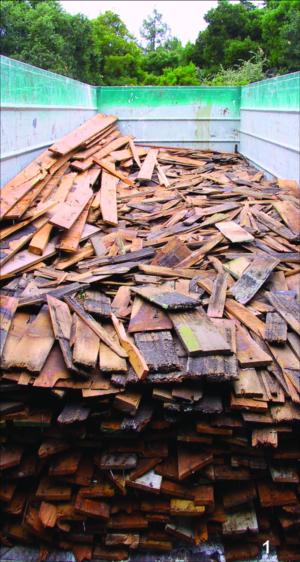The Importance of Salvaged Materials in Sustainable Construction
As the world becomes more conscious of environmental issues, the construction industry is also adopting sustainable practices to reduce its ecological footprint. One such practice is the use of salvaged materials in construction projects. Salvaged materials refer to items that have been rescued or reclaimed from demolition sites, renovations, or other sources, and are repurposed for new construction purposes.
Advantages of Using Salvaged Materials
1. Environmental Benefits: Utilizing salvaged materials reduces the demand for new resources and minimizes waste sent to landfills. By repurposing materials such as wood, metal, and bricks, we can significantly reduce the carbon emissions associated with manufacturing new materials.
2. Cost Savings: Salvaged materials are often more affordable compared to new materials. This can be particularly advantageous for construction projects with tight budgets. Additionally, incorporating salvaged materials can lead to tax benefits and incentives for sustainable construction practices.
Challenges and Considerations
1. Quality Control: While salvaged materials can offer unique character and charm to a project, it is crucial to ensure their quality and structural integrity. Thorough inspections and testing should be conducted to verify that the salvaged materials meet safety and performance standards.
2. Availability and Sourcing: Finding suitable salvaged materials can sometimes be challenging, as their availability may vary depending on location and project requirements. Establishing relationships with local salvage yards, contractors, and architectural salvage stores can help in sourcing the desired materials.
Examples of Salvaged Materials in Construction
1. Reclaimed Wood: Old barn wood, salvaged from dismantled structures, can be used for flooring, furniture, and decorative accents, adding warmth and character to a space.
2. Salvaged Bricks: Bricks salvaged from demolished buildings can be cleaned and reused for new construction or landscaping projects, providing a vintage aesthetic.
3. Architectural Elements: Salvaged doors, windows, and fixtures can be refurbished and incorporated into new construction, adding a touch of history and uniqueness.
Conclusion
The use of salvaged materials in construction is an eco-friendly and cost-effective approach that contributes to sustainable development. By reusing materials, we can reduce waste, conserve resources, and create environmentally responsible structures. However, it is crucial to ensure the quality and availability of salvaged materials to maintain safety and structural integrity in construction projects.
